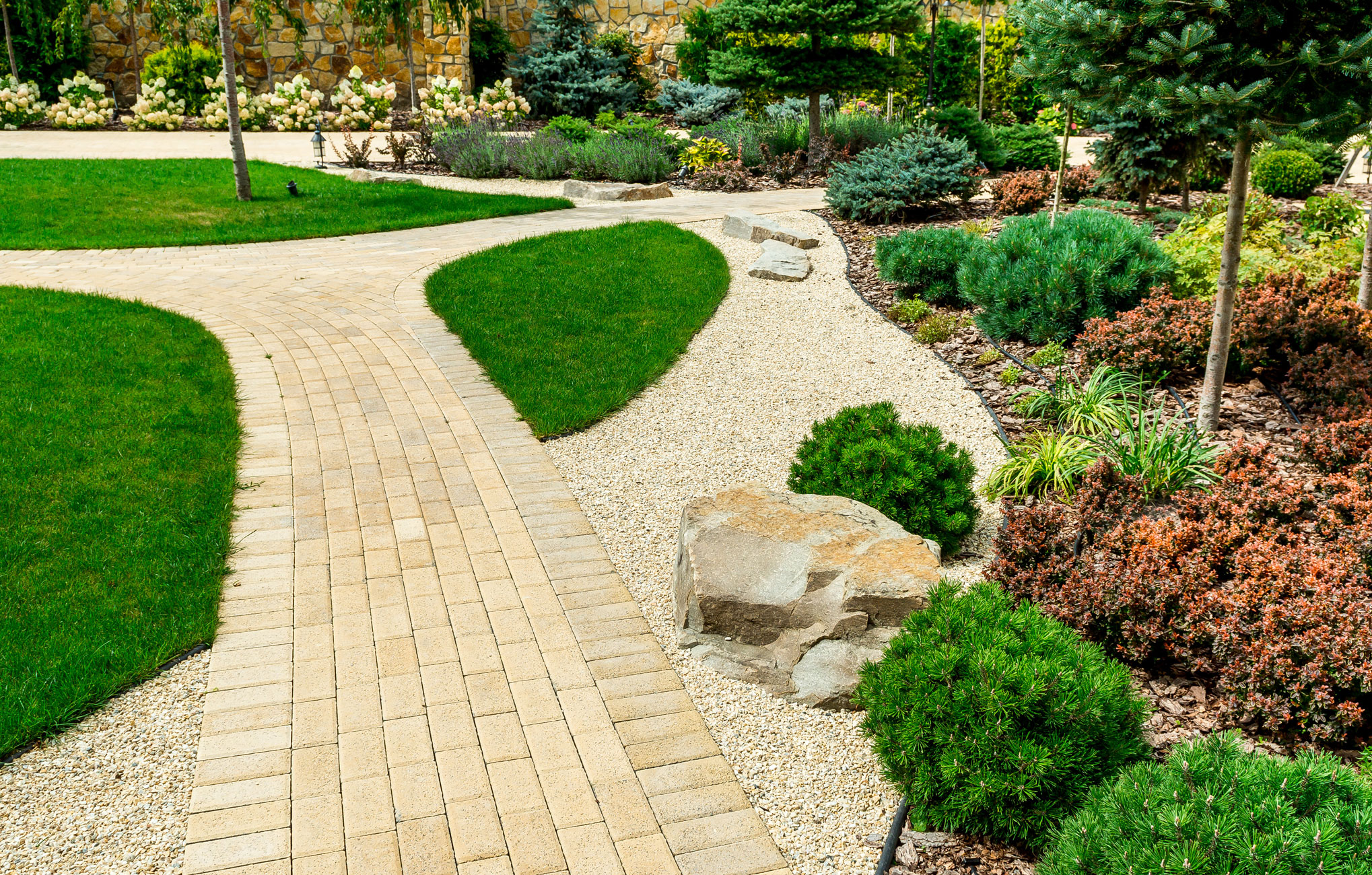Landscape design is a harmonious blend of art and science, where creativity meets the practicality of the natural world. It is the process of transforming outdoor spaces into aesthetically pleasing and functional environments. Whether it's a tranquil garden, a sprawling park, or a contemporary urban plaza, the journey from concept to reality is a fascinating one. In this article, we will explore the intricate world of landscape design, unraveling the steps that take an idea from a mere concept to a breathtaking reality.
- The Vision Takes Shape
Every landscape design project begins with a vision. This is the point where the designer, often in collaboration with the client, envisions what the outdoor space should look and feel like. It involves understanding the site, its natural elements, and any specific requirements or preferences of the client.
The initial brainstorming session sets the tone for the entire project. Ideas are discussed, inspiration is drawn from nature, art, and culture, and a preliminary concept emerges. This phase is all about setting the broad goals and objectives that will guide the project forward.
- Site Analysis
The next crucial step in the journey is site analysis. A thorough understanding of the existing conditions is essential for successful landscape design. This includes assessing the topography, soil quality, drainage patterns, existing vegetation, and any man-made structures.
Site analysis helps the designer make informed decisions about how to work with the site's strengths and address its weaknesses. It ensures that the design is not only aesthetically pleasing but also functional and sustainable.
- Design Development
With a clear vision and a comprehensive understanding of the site, the design development phase begins. This is where the creative process truly takes off. The designer starts to sketch out the design, considering elements like hardscapes (paths, patios, walls), softscapes (plants, trees, and shrubs), and water features.
In this phase, the design takes shape, and the layout starts to become more defined. The balance between aesthetics and functionality is carefully considered. Sustainable and eco-friendly practices are integrated into the design to minimize environmental impact.
- Concept Presentation
Once the design is developed to a certain point, it's time to present it to the client. This is a critical stage where the client's feedback and approval are sought. The designer will explain the design concept, its features, and how it aligns with the initial vision and objectives.
Client input is invaluable during this stage, as it ensures that the design aligns with their preferences and requirements. Revisions may be necessary to refine the concept to the client's satisfaction.
- Construction Documentation
After the concept is approved, the design moves into the construction documentation phase. This is where detailed drawings and specifications are created. These documents are essential for contractors and builders to understand the intricacies of the design and execute it accurately.
Construction documents include plans for grading, planting, irrigation, and materials. They also specify the types of plants to be used, the location of lighting, and other technical details. This stage ensures that the vision is translated into reality with precision.
- Installation and Construction
The installation phase is when the landscape design begins to take physical form. Skilled contractors and teams of workers come together to bring the design to life. This phase includes excavation, planting, hardscape installation, and any other elements specified in the construction documents.
The key to a successful installation is effective project management, ensuring that each component of the design is executed as planned and within the allocated budget and timeline. Quality control is essential to maintain the design's integrity.
- Fine-tuning and Maintenance
Once the physical installation is complete, the project is far from finished. Landscapes are living entities that require ongoing care and maintenance. Fine-tuning involves adjusting elements as they settle and grow, ensuring that the design matures gracefully.
Regular maintenance is crucial to keep the landscape healthy and vibrant. This includes pruning, watering, fertilization, and pest control. Maintenance plans are often part of the design process, and they help ensure the long-term success of the project.
The journey from concept to reality in landscape design is a meticulous and artistic process that requires a deep understanding of the natural world, creative vision, and technical expertise. Each step, from the initial vision to the final maintenance, is integral to the success of the project. The result is a harmonious outdoor space that not only delights the senses but also enhances the quality of life for those who experience it. Landscape designers, through their artistry and dedication, transform the ordinary into the extraordinary, leaving a lasting mark on the world around us.

